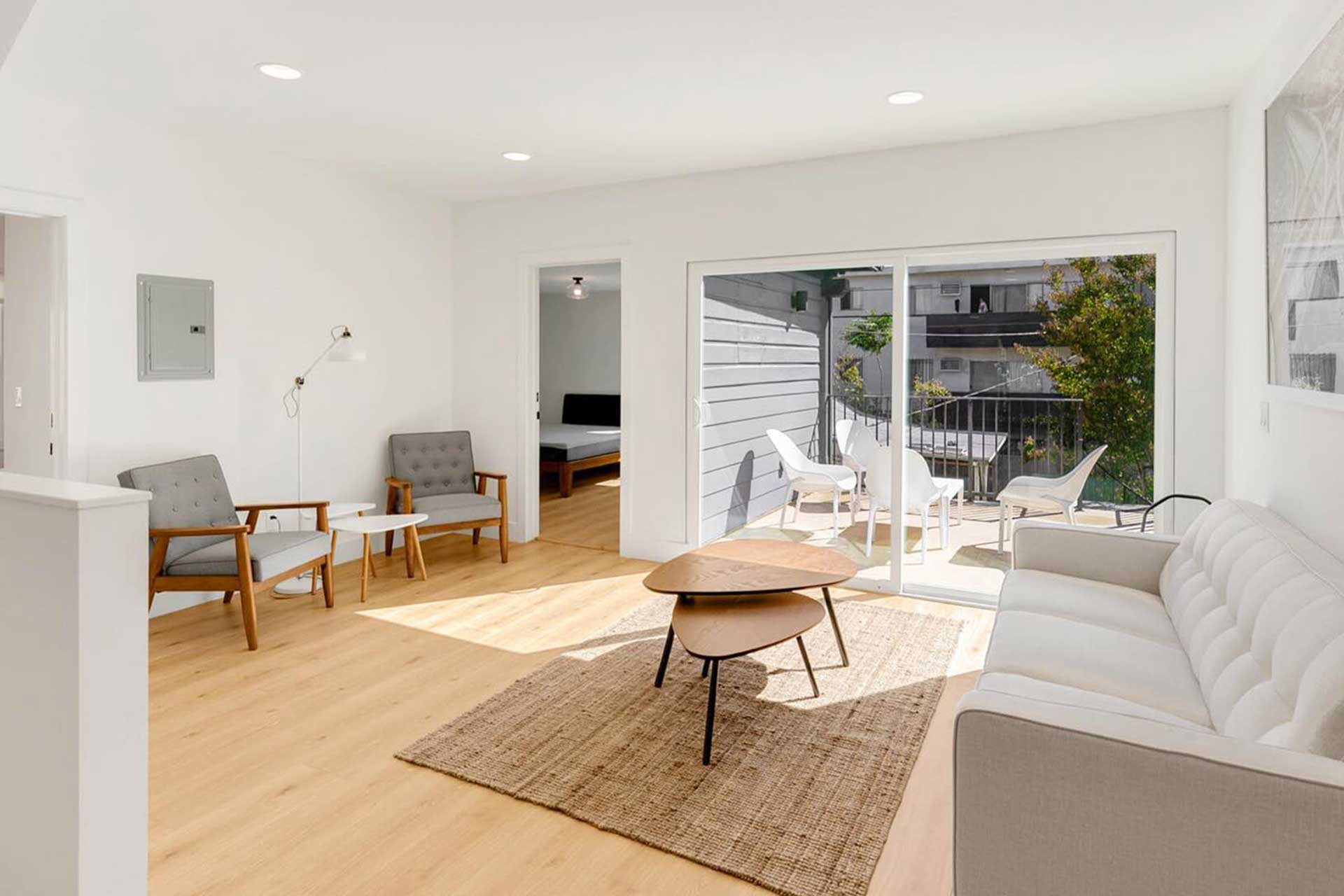Focus on Community and Collaboration:
Coliving, in broad terms, is about individuals coming together and sharing a living space. However, not all Coliving experiences are created equal. Dedicated Coliving units are typically much larger than the average apartment and thus house anywhere from 10-20 individuals. As a result, these large Coliving spaces place a strong emphasis on community building and collaboration. It aims to create a sense of belonging and encourages residents to actively engage with one another through shared activities, events, and common spaces. In fact, some operators even offer curated experiences and community-building initiatives to foster a strong sense of belonging and connection amongst the community members. Sharing of apartments, on the other hand, typically house no more than 4-6 individuals together. The primary benefit of Coliving is shared expenses rather than intentional community-building. Housemates often come together to split the costs of rent, utilities and household expenses. While they may develop friendships and share in some activities, the level of community and collaboration is usually less involved in comparison to a dedicated Coliving operation. For example, in a Coliving home, a potential new member will first be introduced to the rest of the house in order to determine how everyone interacts with one another. Most apartment shares, however, do not allow current residents to vet or even meet interested renters until a lease has already been signed. Rather than build community, this more often than not, leads to discord and resentment between residents.
Amenities and Services:
Coliving spaces often provide additional amenities and services designed to enhance the living experience. These includes furnished rooms, shared workspaces, social areas, housekeeping services, and organized social events, to name a few. The goal is to create a convenient and comfortable environment that supports the residents’ lifestyle and promotes social interaction.
Typically, a shared apartment generally involves renting rooms in a regular residential property where amenities and services are not typically provided. Housemates typically share basic household bills, chores and responsibilities, without the additional perks or organized events.
Flexibility and Ease of Expenses:
When living with housemates, it’s common to commit to longer lease terms, typically a year or more, pooling resources to rent a residential property collectively. While this arrangement is straightforward, it introduces complexities around each housemate’s financial responsibilities. Shared leases and utilities require careful coordination to ensure everyone meets their financial obligations, as any lapse could adversely affect the entire household. Monthly expenses need to be meticulously calculated and divided among all occupants. Moreover, when a housemate decides to move out, the remaining tenants not only need to find a replacement but also bear the financial burden of one less roommate until a suitable replacement is secured.
In comparison, Coliving spaces often offer flexible lease terms, typically either 6 or 12 months, allowing individuals to rent a room or unit for shorter periods of time. This flexibility caters to those who prefer a temporary living arrangement or are in need of a transitional residence. The advantage lies in having an individual lease for your specific room or unit, eliminating the need to rely on others for lease termination or extension. In dedicated Coliving, each tenant has a separate lease agreement, ensuring accountability for their own actions.
For a smoother living experience, consider opting for a Coliving operator with an all-inclusive rent, sparing residents the complexities of splitting utility bills among multiple individuals.
Curated Experience:
Coliving spaces are often designed and curated with a specific target demographic or lifestyle in mind. They may cater to young professionals, digital nomads, or specific interest groups. The spaces are carefully crafted to foster a particular atmosphere and promote the values and interests of the community in residence. Shared apartments, on the other hand, can be more diverse in terms of the backgrounds, lifestyles, and interests of the individuals involved. Housemates may not necessarily share the same type of lifestyle but still come together based on shared estate agent contacts, mutual friends, or simply for the economic purpose of cost-sharing. Whether it be an apartment or dedicated Coliving, make sure the operator allows you to meet the individuals you will be living with.
In summary, Coliving places a stronger emphasis on community, provides additional amenities and services, offers flexible lease terms, and often caters to a specific target demographic. Living with housemates in a rented home is more focused on shared expenses and convenience, with less structured community-building and curated experiences. Both options have their own advantages and should be chosen based on individual preferences and needs.






